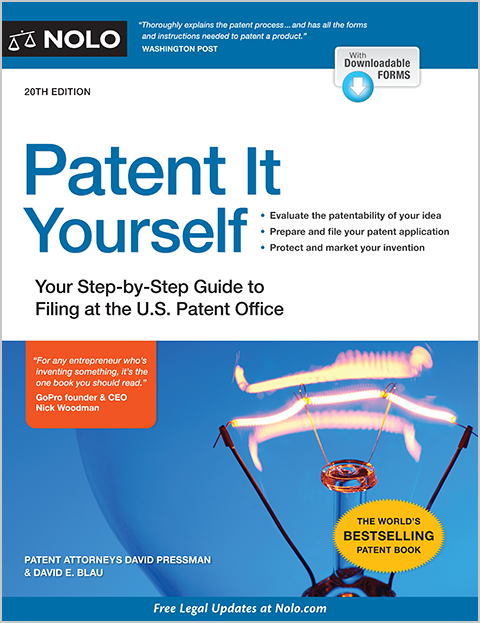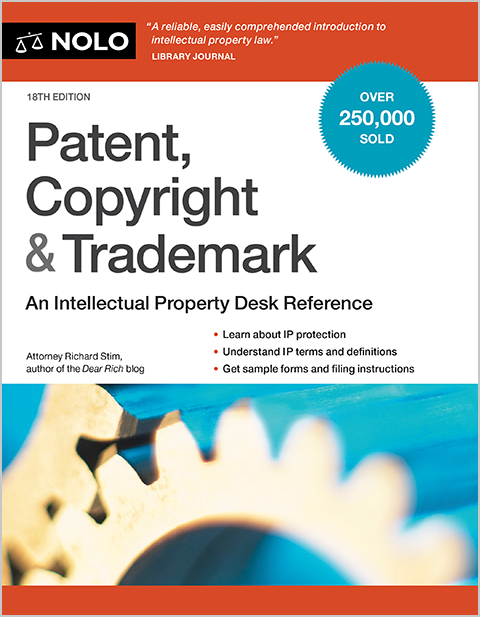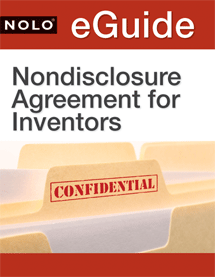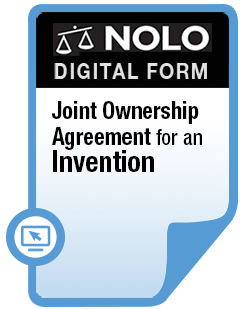The U.S. government seeks to help smaller businesses and individual inventors afford the patent process by lowering their fees relative to large corporations.
Patent application fees are a necessary evil. But the U.S. government seeks to help smaller businesses and individual inventors afford the patent process by lowering those fees relative to large corporations. As you'll see on the fee schedule published by the U.S. Patent and Trademark Office (USPTO), inventors seeking to file a patent can choose from Column A (known as the "Regular Fee"), Column B (known as "Small Entity Status"), and Column C (known as "Micro-Entity Status").
If the filer qualifies for Small Entity Status, the USPTO offers a half-price discount. For example, instead of paying $280 to file a provisional patent application, a Small Entity would pay only $140. A filer that qualifies as a Micro-Entity would pay $70, a 75% discount. For a regular utility patent, a normal filer would pay $300, a Small Entity would pay $150, and a Micro-Entity would pay $75.
The goal of this multi-tiered system is to provide a break for smaller companies and independent inventors, and to encourage innovation.
Qualifying as a Small Entity Under U.S. Patent Rules
To qualify as a small entity for purposes of paying patent fees, you must either be:
- an individual
- a small business concern having no more than 500 employees (or affiliates)
- a university, or
- a 501(c)(3) nonprofit organization.
If you or your business qualify as a Small Entity, you need only to verify that status by executing a declaration when paying the fee. Note that there is an exception to this filing status: If you are obligated to license or assign the patent to a bigger entity that does not qualify as a small entity, such as a multinational corporation, then you could not claim small entity status.
A common example of this situation is when someone licenses a patent to a large company such as Microsoft or Apple. Improperly claiming small entity status would be considered inequitable conduct and could result in the loss of patent rights.
Qualifying as a Micro Entity
To qualify as a Micro Entity, the filer must be a Small Entity and must also meet the following criteria:
- The applicant has not been named as the inventor on a total of more than four utility patents (regular utility patents, as opposed to provisional patent applications), design patents, or plant patents. This also does not include certain international applications and applications owned by a previous employer. In addition, the applicant must have had a gross income in the previous year of less than three times the median household income reported by the Bureau of the Census. (See the USPTO website, here, for current income limits; the most recent publicly available gross income limit is $184,116). In the event that the patent application has been assigned, the assignee must have had a gross (not net) income of less than three times the U.S. median household income; or
- The majority of the patent filer's employment income is from an Institution of Higher Learning, or the applicant has assigned, or is obliged to assign the patent to an Institution of Higher Learning. An Institution of Higher Learning is a public or nonprofit accredited institution that admits post-secondary students for programs of not less than two years.
How do you determine micro-entity status for multiple inventors? The rules apply individually to each joint inventor. So, no joint inventor can have been named as an inventor on more than four applications, and no joint inventor can have a gross income (as defined by the IRS) exceeding three times the median household income for the preceding calendar year. (In recent years, the median has hovered at around $50,000, so three times the median is approximately $150,000).
Watch Out for Annual Fee Increases
If preparing your application is taking many months, be sure to track the current fee schedules. USPTO fees often increase annually, so you'll want to verify figures at the website when crafting your patent application budget.
Talk to a Lawyer
Need a lawyer? Start here.
How it Works
- Briefly tell us about your case
- Provide your contact information
- Choose attorneys to contact you
- Briefly tell us about your case
- Provide your contact information
- Choose attorneys to contact you



